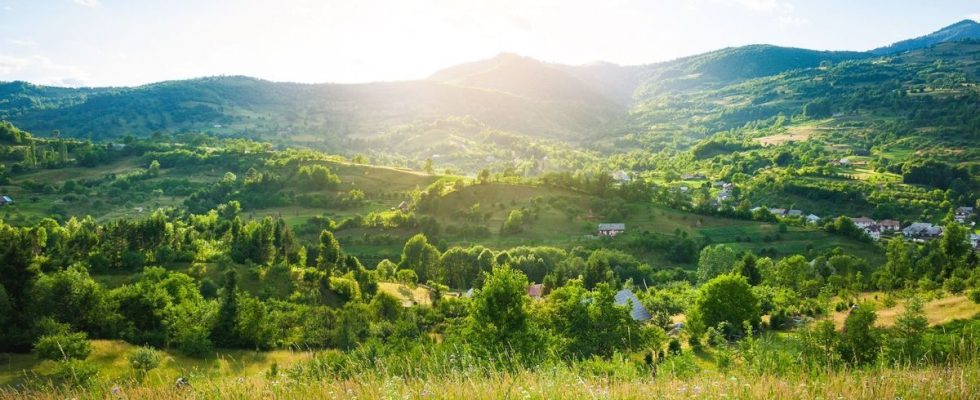Published on
Updated
Reading 2 min.
According to science, living near green spaces is excellent for physical and mental health. The ZAVA company has established a ranking of the greenest French departments, where life is good. Discover this list.
True havens of peace, spaces rich in greenery offer access to nature while promoting the quality of life of residents. Aware that this is a major health factor, the company ZAVA, an expert in medical teleconsultation, has identified the greenest administrative areas in France.
The Jura: the greenest area in France
With an average score of 87.14/100, Jura is at the top of the ranking of the greenest departments in France. This first place is due to its land cover – material characteristics of the Earth’s surface – (856), its percentage of trees (94.7%) as well as the number of green spaces on its territory (668). Most ? This area has many natural resources as well as a vast network of routes that make it an ideal destination for those who like to practice physical activity surrounded by nature.
Just behind, Haute-Savoie is positioned in the ranking with an average score of 79.96/100. It has a high rate of trees (89.4%) and numerous green spaces (4176). Thus, Haute-Savoie is a department where there are multiple possibilities for outdoor leisure activities and access to natural landscapes. If you pass by, don’t hesitate to take a stroll at the magnificent Lake Annecy for a little swimming session in the great outdoors!
In third position comes Doubs, with a score of 78.94/100. His advantages ? This department has a considerable biomass density (98.9%) and many trees in its sector (92.6%). Despite its medical desert, this region of France is remarkable in particular thanks to its greenery and the diversity of its ecosystems.
Tarn-et-Garonne, the region with the least green spaces
With the rather low score of 12.20/100, the Tarn-et-Garonne region appears to be the French department with the least green spaces. Concerning point: its land cover is given a score of 20/100…a difference of 79.6% compared to the Jura!
Furthermore, this department has a low biomass density rate, estimated at 16.8%. However, it is positioned ahead of Bouches-du-Rhône, which records a rate of 0%.
And Paris in all this?
The capital is far behind in the ranking since it occupies 90th position and is among the French territories least rich in green spaces. It therefore obtains a score of 24.62/100. ZAVA’s analysis highlights its almost non-existent land cover (0/100) and a percentage of tree cover reaching only 1%.
Despite this, the City of Light has numerous parks and gardens, and its rate of green spaces is estimated at 89.50%, one of the best results in the national ranking!
